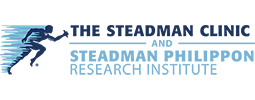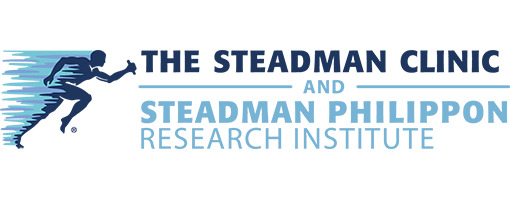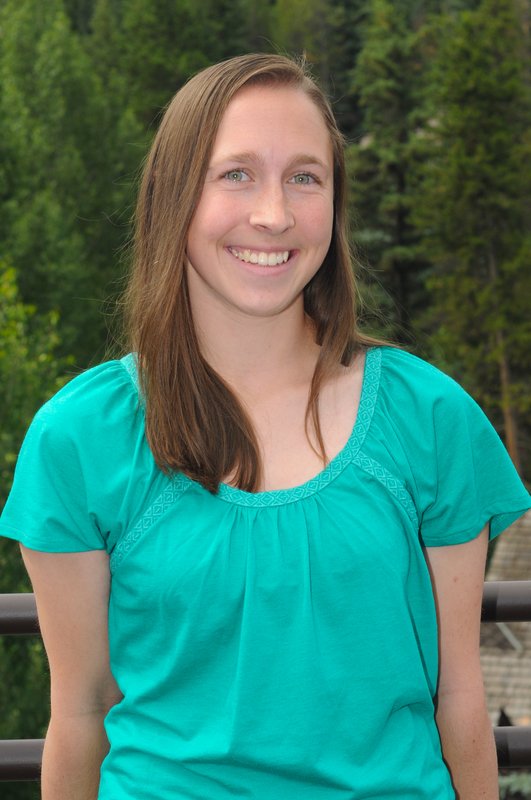I’ve always thought in my studies that you don’t just look at one part of the human body. It’s whole and it has many different moving parts. It’s why we have our various departments here. For example, it can start in the surgical skills lab when a surgeon has a new idea for a repair. Since they obviously can’t try new things out on patients right away, we can test their ideas in the cadaver lab on our robot and Instron machine. If a new way of treating something turns out to better than the old way, the surgeons can start implementing that in their practice. We can then analyze their movements in the BioMotion lab and, working with the outcomes department, we can follow up with these patients to see how they are faring six months, one year, five years down the road. The imaging department works with us to interpret MRI scans and to develop newer and better techniques for looking at a particular joint. We can also work directly with our physical therapists as they design and implement rehab plans for our recovering patients. Everybody here brings their different strengths, their knowledge, and their passion and ideas, and from that we can really hone in on what the body is doing in a specific movement.


